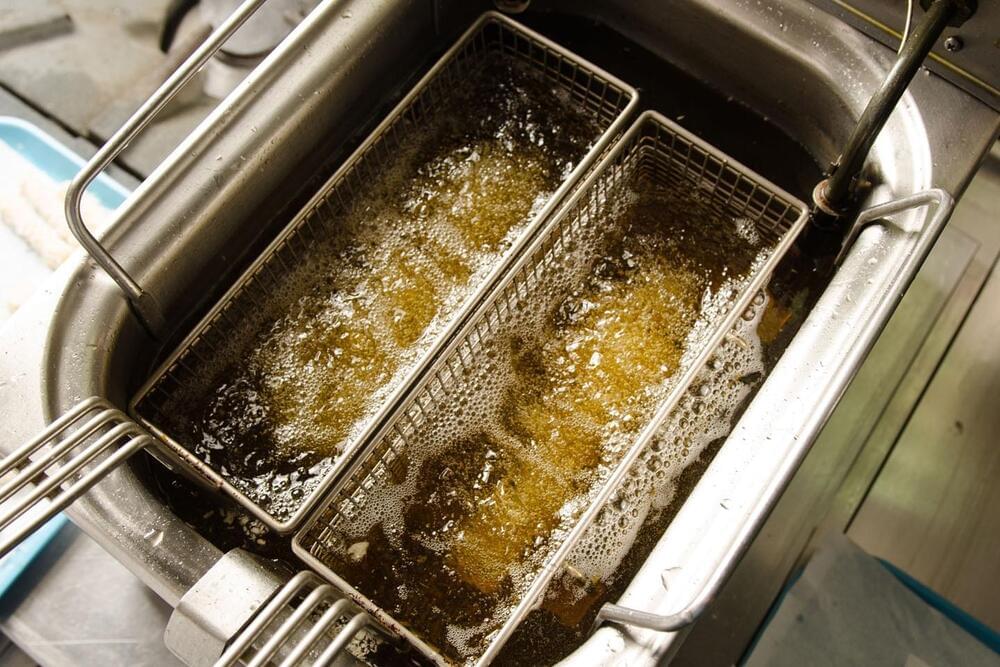Dec 17, 2022
Let’s celebrate the fusion breakthrough, even if it’s ‘bulls—t’
Posted by Paul Battista in category: innovation
SFGATE columnist Drew Magary on why this isn’t the holy grail — but it’s still a cause for celebration.
SFGATE columnist Drew Magary on why this isn’t the holy grail — but it’s still a cause for celebration.
Researchers at the Wyss Institute at Harvard University have engineered the first-ever “Vagina on a Chip” in the world that replicates the human vaginal tissue microenvironment in vitro, Scientific American reported on Wednesday.
It is composed of the human vaginal epithelium and underlying connective tissue cells and it replicates many of the physiological features of the vagina, according to Harvard.
Best of all, it can be inoculated with different strains of bacteria allowing researchers to study their effects on the organ’s health.
Danuri, South Korea’s first deep-space exploration mission, is finally arriving at the moon after a four-month voyage.
The Danuri spacecraft was expected to begin entering lunar orbit at on Friday (Dec. 17) at 2:45 p.m. EST (1945 GMT, 2:45 a.m. Dec. 17 in South Korea), according to a statement (opens in new tab) from the Korea Aerospace Research Institute (KARI). The maneuver, the first of five planned engine burns through Dec. 28 to refine Danuri’s orbit around the moon, will clear the way for the probe to get started on its lunar science objectives.
Scientists have shown how three vortices can be linked in a way that prevents them from being dismantled. The structure of the links resembles a pattern used by Vikings and other ancient cultures, although this study focused on vortices in a special form of matter known as a Bose-Einstein condensate. The findings have implications for quantum computing, particle physics and other fields.
The study is published in the journal Communications Physics.
Postdoctoral researcher Toni Annala uses strings and water vortices to explain the phenomenon: “If you make a link structure out of, say, three unbroken strings in a circle, you can’t unravel it because the string can’t go through another string. If, on the other hand, the same circular structure is made in water, the water vortices can collide and merge if they are not protected.”
Using a quantum processor, researchers made microwave photons uncharacteristically sticky. After coaxing them to clump together into bound states, they discovered that these photon clusters survived in a regime where they were expected to dissolve into their usual, solitary states. As the finding was first made on a quantum processor, it marks the growing role that these platforms are playing in studying quantum dynamics.
Photons — quantum packets of electromagnetic radiation like light or microwaves — usually don’t interact with one another. For example, two crossed flashlight beams pass through one another undisturbed. However, microwave photons can be made to interact in an array of superconducting qubits.
Researchers at Google Quantum AI describe how they engineered this unusual situation in “Formation of robust bound states of interacting photons,” which was published on December 7 in the journal Nature. They investigated a ring of 24 superconducting qubits that could host microwave photons. By applying quantum gates to pairs of neighboring qubits, photons could travel around by hopping between neighboring sites and interacting with nearby photons.

Chemist Martial Gervais Oden-Bella developed a method for recycling used cooking oil by turning it into soap! Not only is he helping the environment, but he’s made a profitable business in the process.
In Cameroon, people were tossing the used oil down the drain, which can pollute water treatment systems and the environment. When the oil ends up in the environment, it’s harmful and toxic to wildlife. Now the businesses (restaurants and hotels in the southwestern city of Douala) save the used oil to give to Oden-Bella, who turns it into soap and other cleaning products.
Continue reading “Chemist From Cameroon Makes Cleaning Products” »
LEV Foundation’s flagship research program is a sequence of large mouse lifespan studies, each involving the administration of (various subsets of) at least four interventions that have, individually, shown promise in others’ hands in extending mean and maximum mouse lifespan and healthspan.
We focus on interventions that have shown efficacy when begun only after the mice have reached half their typical life expectancy, and mostly on those that specifically repair some category of accumulating, eventually pathogenic, molecular or cellular damage. The first study in this program is starting in January 2023.
The buzz will likely ramp up even more when OpenAI releases a superior next version of the A.I. chatbot, reportedly sometime next year.
Speaking of buzz, few people have been generating more of it lately than Elon Musk, who leads Tesla, SpaceX, and now Twitter, among other companies. As it turns out, Musk has ties to OpenAI, including as an original backer, and has been involved in both supporting artificial intelligence and warning about its dangers.
This month Musk called ChatGPT “scary good” and warned, “We are not far from dangerously strong AI.”
What is it? MHD PROPULSION EXPLAINED
Special thanks to all our patrons and volunteers!
Thank you for your support!
Continue reading “Magnetohydrodynamic (MHD) Propulsion — What Is It?” »
By using light waves that essentially spiral through space like corkscrews, optical logic gates can run one million times faster than their electronic counterparts, advancing the cause for ultra-fast, light-based computing, a new study finds.
